American White Pelicans (Pelecanus erythrorhynchos), arrive in flocks soaring through the Florida sky in a V formation. With their snowy white bodies, yellowish-orange bills, orange legs, and black-tipped wings that span up to nine and a half feet, they are truly a sight to behold.
White Pelicans breed in the northwestern United States and in western Canada. Many choose to spend their winters near Florida’s coastlines and in its wetlands.
American White Pelicans (Pelecanus erythrorhynchos) spend the summer months in colonies In Canada and Northwestern United States, where they breed and raise their young on lakes.
Before winter, flocks of white pelicans soar into Florida by flying high in a V formation. One of North America’s largest birds, a white pelican, is hard to miss with its wingspan of up to 9 1/2 feet. Black wingtips and pink or reddish-orange legs, feet, and bills make this bird a must-see.
Look for white pelicans on coastal waters, bays, estuaries, and inland waterways. Their nests, consisting of sticks and dirt, can be found on the ground. Watch as these graceful birds float on the surface of the water and dip their heads to scoop up a fish dinner. You will often find several of them together as they participate in a group effort to herd fish into a buffet for all.
White Pelicans are often spotted fishing with Double-Crested Cormorants. You may see a hungry White pelican steal a fish from another pelican or a cormorant.
Plan a trip to one of Florida’s coasts. Explore the shoreline and the wetlands. Take some time to sit back and discover the group’s camaraderie as well as the stealthy antics of a few individuals.
We can all work together to ensure these vulnerable beauties are here for our next generations to enjoy by eliminating pesticides and cleaning up litter, including monofilament lines.

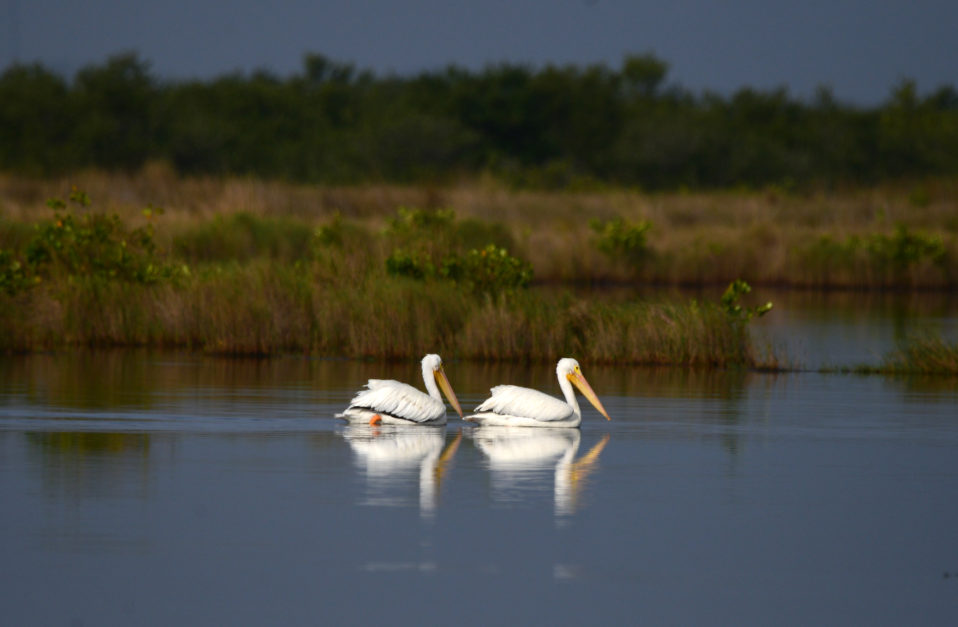
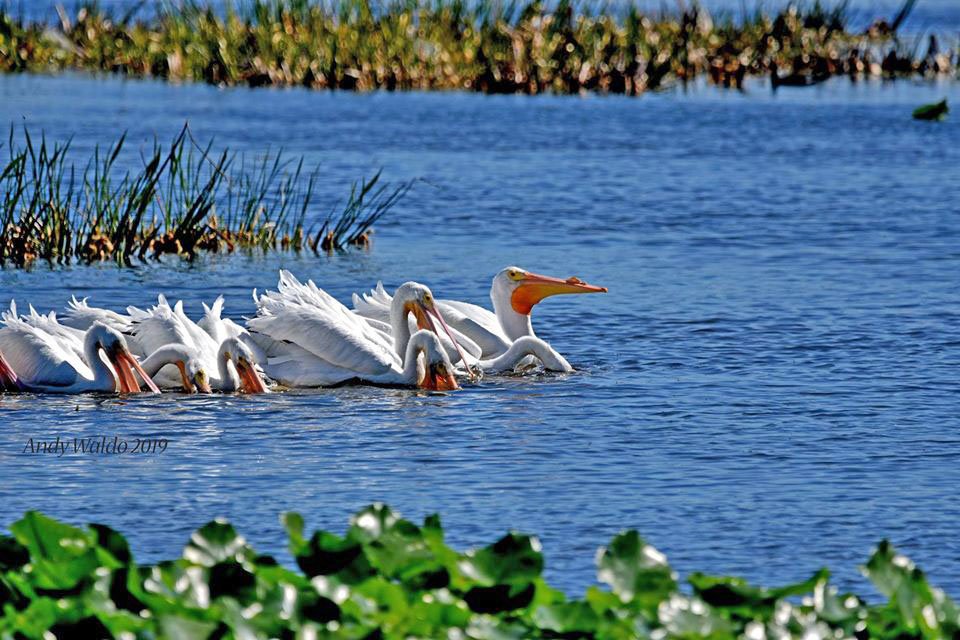
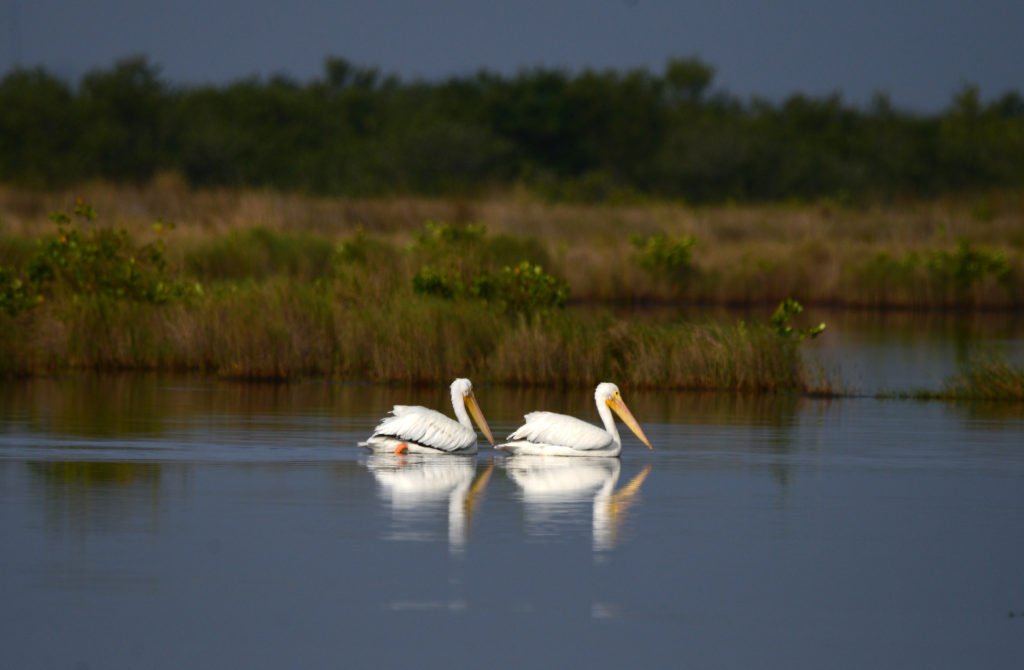
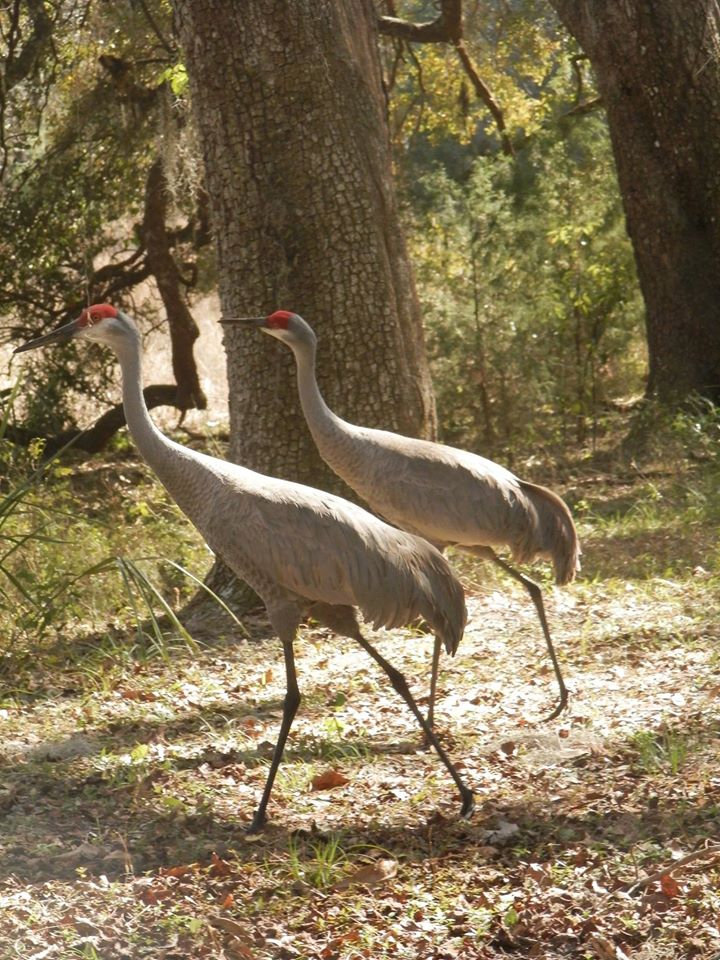
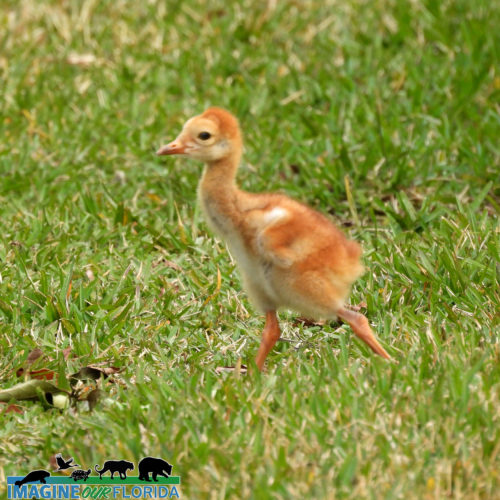
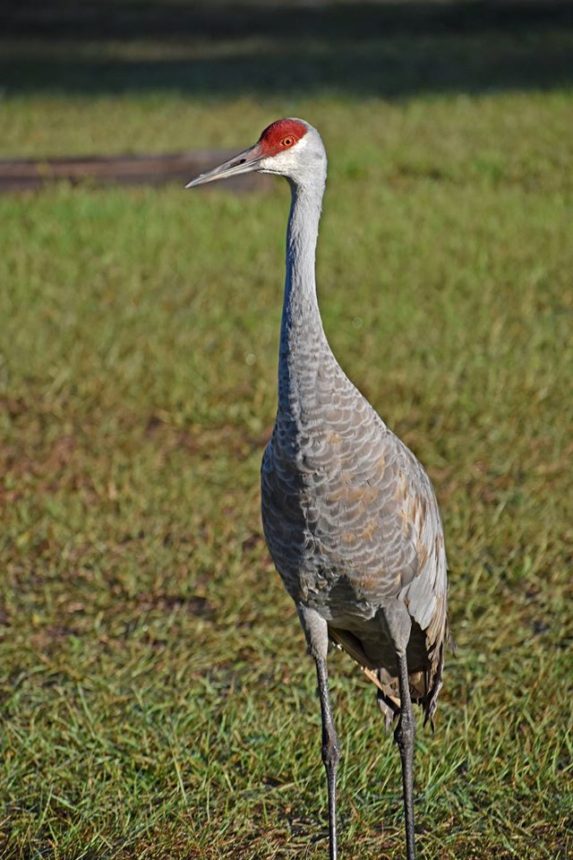
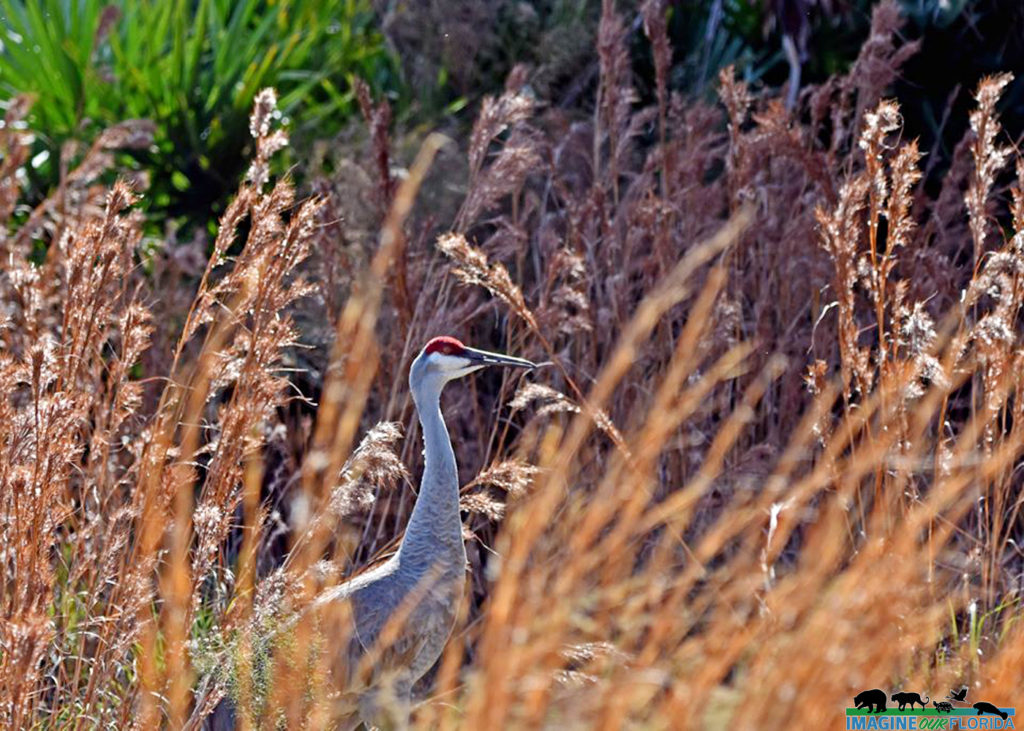
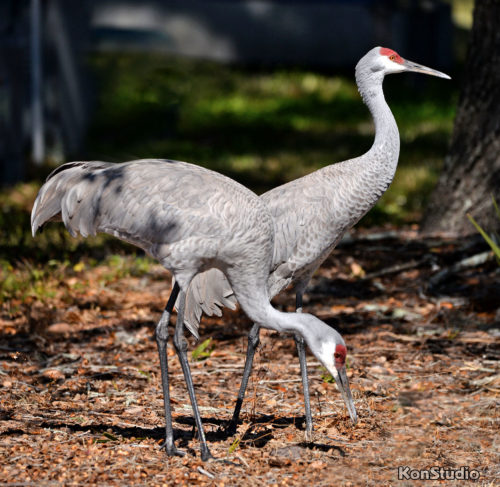
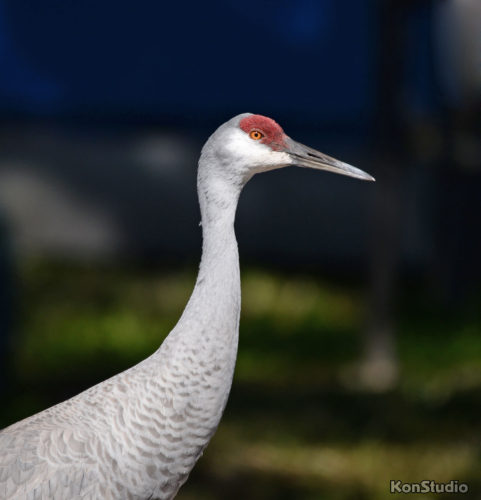
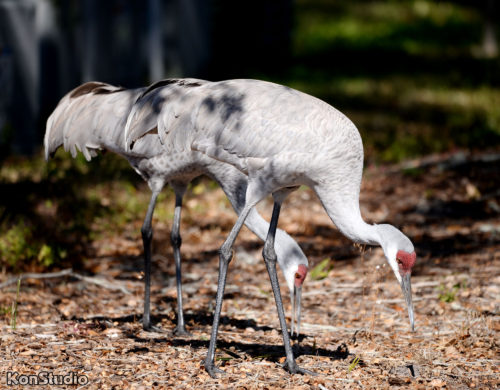
Recent Comments